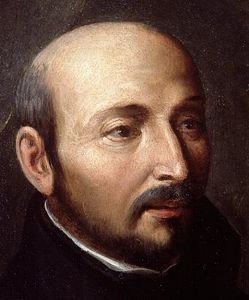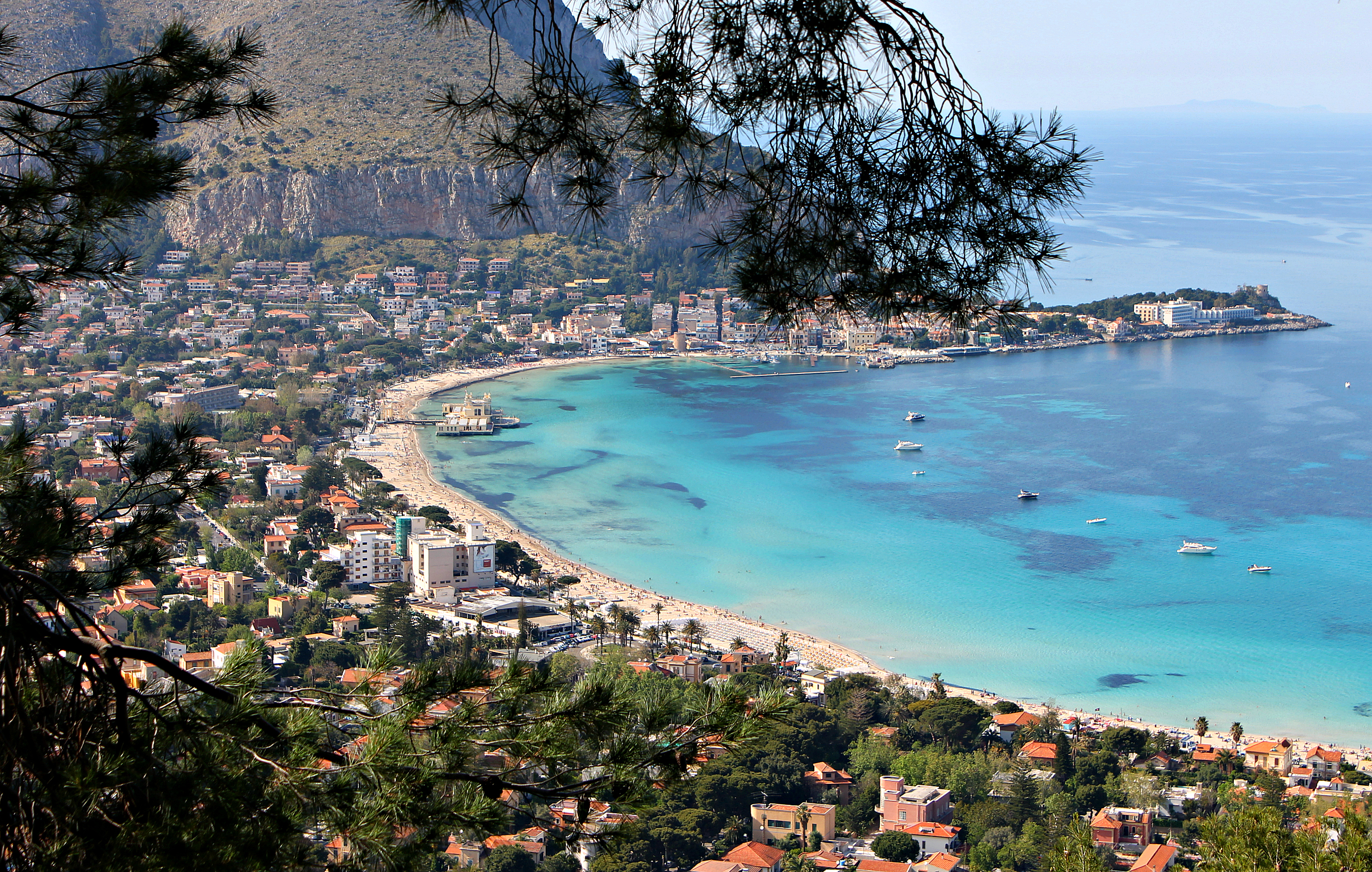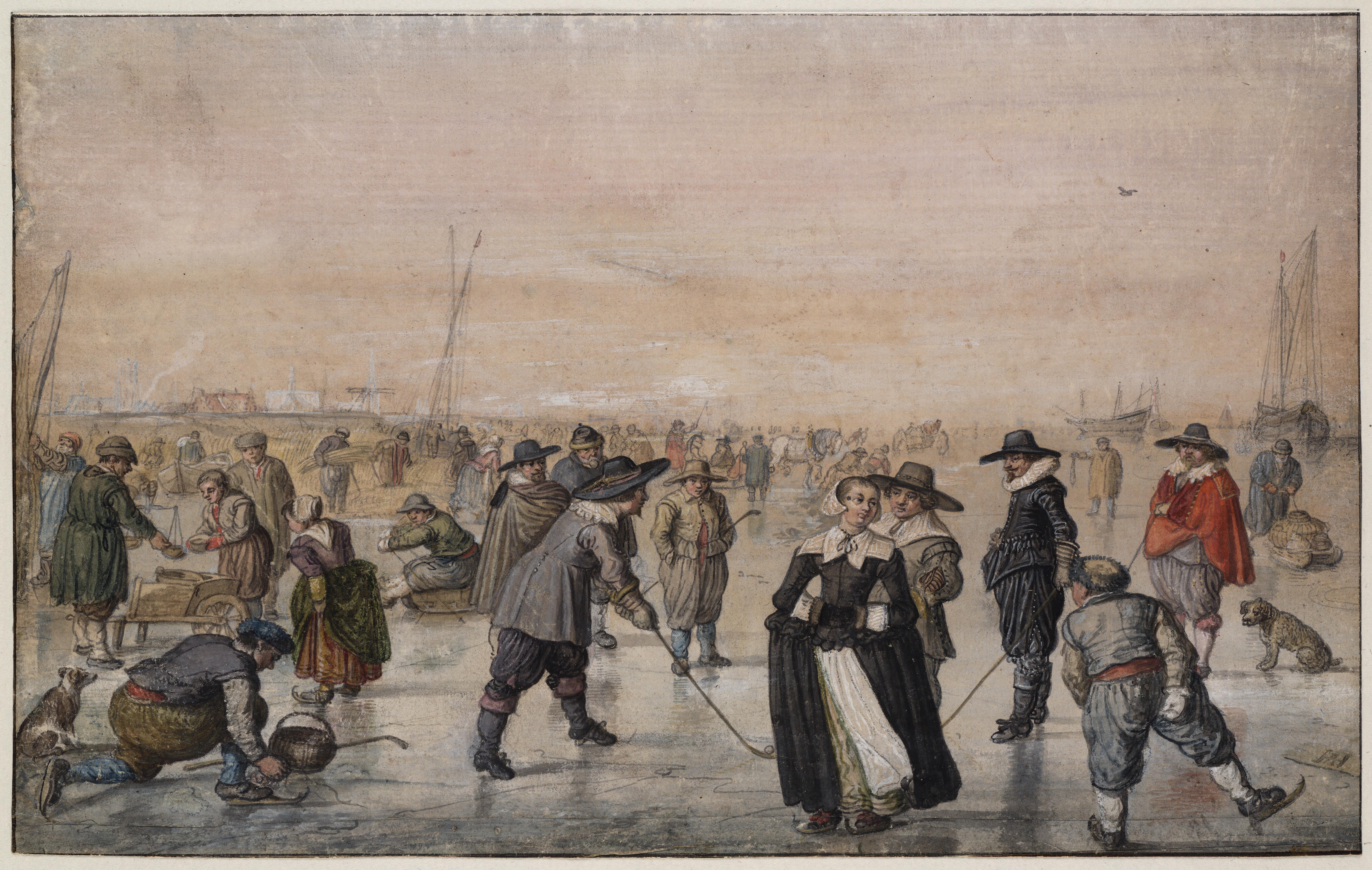|
Tommaso Tamburini
Tommaso Tamburini (6 March 1591 – 10 October 1675) was an Italian Jesuit moral theologian. Life Also known under the name of R. P. Thoma Tamburino. He was born at Caltanisetta in Sicily, and entered the Society of Jesus when fifteen years old; there he became distinguished for a talent for teaching. Alter a successful course of studies he held the professorship of philosophy four years, of dogmatic theology seven years, of moral theology seventeen years, and during thirteen years was rector of various colleges. He died at Palermo. Works His writings are: * ''Theologia moralis'' by Tommaso Tamburini (Book) 10 editions published between 1734 and 1979 in Latin and Undetermined and held by 23 libraries worldwide * ''Methodus expeditae confessionis, tum pro confessariis tum pro poenitentibus complectens libros quator'' by Tommaso Tamburini (Book) 2 editions published between 1728 and 1761 in Latin and held by 18 libraries worldwide * ''R.P. Thomae Tamburini Societate Iesu S ... [...More Info...] [...Related Items...] OR: [Wikipedia] [Google] [Baidu] |
Jesuit
The Society of Jesus ( la, Societas Iesu; abbreviation: SJ), also known as the Jesuits (; la, Iesuitæ), is a religious order (Catholic), religious order of clerics regular of pontifical right for men in the Catholic Church headquartered in Rome. It was founded in 1540 by Ignatius of Loyola and six companions, with the approval of Pope Paul III. The society is engaged in evangelization and apostolic ministry in 112 nations. Jesuits work in education, research, and cultural pursuits. Jesuits also give retreats, minister in hospitals and parishes, sponsor direct social and humanitarian ministries, and promote Ecumenism, ecumenical dialogue. The Society of Jesus is consecrated under the patron saint, patronage of Madonna della Strada, a title of the Blessed Virgin Mary, and it is led by a Superior General of the Society of Jesus, Superior General. The headquarters of the society, its Curia, General Curia, is in Rome. The historic curia of Ignatius is now part of the attached to t ... [...More Info...] [...Related Items...] OR: [Wikipedia] [Google] [Baidu] |
Caltanisetta
Caltanissetta (; scn, Nissa or ) is a ''comune'' in the central interior of Sicily, Italy, and the capital of the Province of Caltanissetta. Its inhabitants are called ''Nisseni''. In 2017, the city had a population of 62,797. It is the 14th largest ''comune'' in Italy measured by area, the sixth highest ''comune'' in Italy by elevation (568 m), the second highest elevation in Sicily after the city of Enna (912 m). Its patron saint is Archangel Michael. Geography The town lies in an area of rolling hills with small villages and towns, crossed by the river Salso. It borders on the municipalities of Canicattì, Delia, Enna, Marianopoli, Mazzarino, Mussomeli, Naro, Petralia Sottana, Pietraperzia, San Cataldo, Santa Caterina Villarmosa, Serradifalco and Sommatino. Its ''frazioni'' are the villages of Bifaria, Borgo Petilia, Borgo Canicassè Casale, Cozzo di Naro, Favarella, Prestianni, Villaggio Santa Barbara, Santa Rita and Xirbi. Territory Caltanissetta dominates ... [...More Info...] [...Related Items...] OR: [Wikipedia] [Google] [Baidu] |
Palermo
Palermo ( , ; scn, Palermu , locally also or ) is a city in southern Italy, the capital of both the autonomous region of Sicily and the Metropolitan City of Palermo, the city's surrounding metropolitan province. The city is noted for its history, culture, architecture and gastronomy, playing an important role throughout much of its existence; it is over 2,700 years old. Palermo is in the northwest of the island of Sicily, by the Gulf of Palermo in the Tyrrhenian Sea. The city was founded in 734 BC by the Phoenicians as ("flower"). Palermo then became a possession of Carthage. Two Greek colonies were established, known collectively as ; the Carthaginians used this name on their coins after the 5th centuryBC. As , the town became part of the Roman Republic and Roman Empire, Empire for over a thousand years. From 831 to 1072 the city was under History of Islam in southern Italy, Arab rule in the Emirate of Sicily when the city became the capital of Sicily for t ... [...More Info...] [...Related Items...] OR: [Wikipedia] [Google] [Baidu] |
Vincent Baron
Vincent Baron (17 May 1604 – 21 January 1674) was a French Dominican theologian and preacher. Biography He was born at Martres, in the département of the Haute-Garonne, France, 17 May 1604, and died in Paris on 21 January 1674. At the age of seventeen he passed from the college of the Jesuits in Toulouse to the Dominican convent of St. Thomas in the same city. He made his religious profession there on 16 May 1622, where he also completed his course in philosophy and theology, and taught these subjects. As early as 1634 he was first professor in his convent and conventual doctor in the University of Toulouse. Rare erudition, depth of thought and clearness of exposition earned for him the reputation of being one of the leading theologians of France. While discharging his professorial duties he delivered courses of Lenten sermons in the principal churches of Toulouse, Avignon, Bordeaux and other cities of Southern France. Upon the invitation of the bishops of Languedoc he pre ... [...More Info...] [...Related Items...] OR: [Wikipedia] [Google] [Baidu] |
Alphonsus Liguori
Alphonsus Liguori, CSsR (27 September 1696 – 1 August 1787), sometimes called Alphonsus Maria de Liguori or Saint Alphonsus Liguori, was an Italian Catholic bishop, spiritual writer, composer, musician, artist, poet, lawyer, scholastic philosopher, and theologian. He founded the Congregation of the Most Holy Redeemer, known as the Redemptorists, in November 1732. In 1762 he was appointed Bishop of Sant'Agata dei Goti. A prolific writer, he published nine editions of his '' Moral Theology'' in his lifetime, in addition to other devotional and ascetic works and letters. Among his best known works are '' The Glories of Mary'' and ''The Way of the Cross'', the latter still used in parishes during Lenten devotions. He was canonized in 1839 by Pope Gregory XVI and proclaimed a Doctor of the Church by Pope Pius IX in 1871. One of the most widely read Catholic authors, he is the patron saint of confessors. Early years He was born in Marianella, near Naples, then part of the K ... [...More Info...] [...Related Items...] OR: [Wikipedia] [Google] [Baidu] |
François-Xavier De Feller
François-Xavier de Feller (18 August 1735 – 23 May 1802) was a Belgian author. Biography He was born in Brussels. In 1752 he entered a school of the Jesuits at Reims, where he manifested a great aptitude for mathematics and physical science. He commenced his novitiate two years afterwards, and in testimony of his admiration for the apostle of India added Xavier to his surname. On the expiry of his novitiate he became professor at Athénée de Luxembourg, and afterwards at Liège. In 1764 he was appointed to the professorship of theology at Tyrnau in Hungary, but in 1771 he returned to Belgium and continued to discharge his professorial duties at Liège till the suppression of the Jesuit Order in 1773. The remainder of his life he devoted to study, travel and literature. On the invasion of Belgium by the French in 1794 he went to Paderborn, and remained there two years, after which he took up his residence at Ratisbon Regensburg or is a city in eastern Bavaria, ... [...More Info...] [...Related Items...] OR: [Wikipedia] [Google] [Baidu] |
Hugo Von Hurter
The von Hurter family belonged to the Swiss nobility; in the eighteenth and nineteenth centuries three of them were known for their conversions to Roman Catholicism, their ecclesiastical careers in Austria and their theological writings. Friedrich Emmanuel von Hurter Life Friedrich Emmanuel von Hurter (born at Schaffhausen, 19 March 1787; died at Graz, 27 August 1865) was a Swiss Protestant cleric and historian who converted to Roman Catholicism. From 1804 to 1806 he attended the University of Göttingen, and in 1808 was appointed to a country parish. The appearance in 1834 of the first volume of the life of Pope Innocent III, on which he had been working for twenty years, caused a profound sensation in both Catholic and Protestant circles, and was soon translated into French, English, Italian, and Spanish. Hurter was chosen in 1835 antistes of the clergy in the Canton of Schaffhausen, and later president of the school board, in which capacities he laboured with great zeal. ... [...More Info...] [...Related Items...] OR: [Wikipedia] [Google] [Baidu] |
Sommervogel
Carlos Sommervogel (8 January 1834 – 4 March 1902) was a French Jesuit scholar. He was author of the monumental ''Bibliothèque de la Compagnie de Jésus'', which served as one of the major references for the editors of the Catholic Encyclopedia. Life Born in Strasbourg, Sommervogel, was the fourth son of Marie-Maximillian-Joseph Sommervogel and Hortense Blanchard. After studying at the lycée of Strasbourg, he entered the Jesuit novitiate at Issenheim, Alsace, 2 February 1853, and was sent later to the College of Saint-Acheul, Amiens, to complete his literary studies. In 1856, he was appointed assistant prefect of discipline and sub-librarian in the College of the Immaculate Conception, Rue Vaugirard, Paris. Here he discovered his literary vocation. The ''Bibliothèque'' of Augustin and :nl:Aloys de Backer was then in course of publication, and Sommervogel, noting its occasional errors and omissions, made a systematic examination of the whole work. Four years later ... [...More Info...] [...Related Items...] OR: [Wikipedia] [Google] [Baidu] |
1591 Births
Events January–June * March 13 – Battle of Tondibi: In Mali, forces sent by the Saadi dynasty ruler of Morocco, Ahmad al-Mansur, and led by Judar Pasha, defeat the fractured Songhai Empire, despite being outnumbered by at least five to one. * April 10 – English merchant James Lancaster sets off on a voyage to the East Indies. * April 21 – Japanese tea-master Sen no Rikyū commits seppuku, on the order of Toyotomi Hideyoshi. * May 15 – In Russia, Tsarevich Dimitri, son of Ivan the Terrible, is found dead in mysterious circumstances, at the palace in Uglich. The official explanation is that he has cut his own throat during an epileptic seizure. Many believe he has been murdered by his rival, Boris Godunov, who becomes tsar. * May 24 – Sir John Norreys, with an expeditionary force sent by Queen Elizabeth I of England, takes the town of Guingamp after a brief siege, on behalf of Henry of Navarre. * May 30 – Timbuktu is captu ... [...More Info...] [...Related Items...] OR: [Wikipedia] [Google] [Baidu] |
1675 Deaths
Events January–March * January 5 – Franco-Dutch War – Battle of Turckheim: The French defeat Austria and Brandenburg. * January 29 – John Sassamon, an English-educated Native American Christian, dies at Assawampsett Pond, an event which will trigger a year-long war between the English American colonists of New England, and the Algonquian Native American tribes. * February 4 – The Italian opera ''La divisione del mondo'', by Giovanni Legrenzi, is performed for the first time, premiering in Venice at the Teatro San Luca. The new opera, telling the story of the "division of the world" after the battle between the Gods of Olympus and the Titans, becomes known for its elaborate and expensive sets, machinery, and special effects and is revived 325 years later in the year 2000. * February 6 – Nicolò Sagredo is elected as the new Doge of Venice and leader of the Venetian Republic, replacing Domenico II Contarini, who had died 10 days ... [...More Info...] [...Related Items...] OR: [Wikipedia] [Google] [Baidu] |
17th-century Italian Jesuits
The 17th century lasted from January 1, 1601 ( MDCI), to December 31, 1700 ( MDCC). It falls into the early modern period of Europe and in that continent (whose impact on the world was increasing) was characterized by the Baroque cultural movement, the latter part of the Spanish Golden Age, the Dutch Golden Age, the French '' Grand Siècle'' dominated by Louis XIV, the Scientific Revolution, the world's first public company and megacorporation known as the Dutch East India Company, and according to some historians, the General Crisis. From the mid-17th century, European politics were increasingly dominated by the Kingdom of France of Louis XIV, where royal power was solidified domestically in the civil war of the Fronde. The semi-feudal territorial French nobility was weakened and subjugated to the power of an absolute monarchy through the reinvention of the Palace of Versailles from a hunting lodge to a gilded prison, in which a greatly expanded royal court could be more easi ... [...More Info...] [...Related Items...] OR: [Wikipedia] [Google] [Baidu] |




.jpg)
